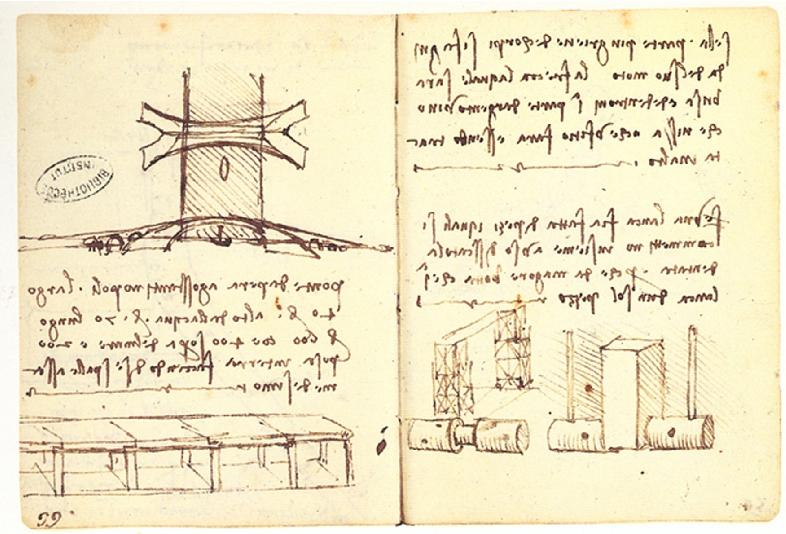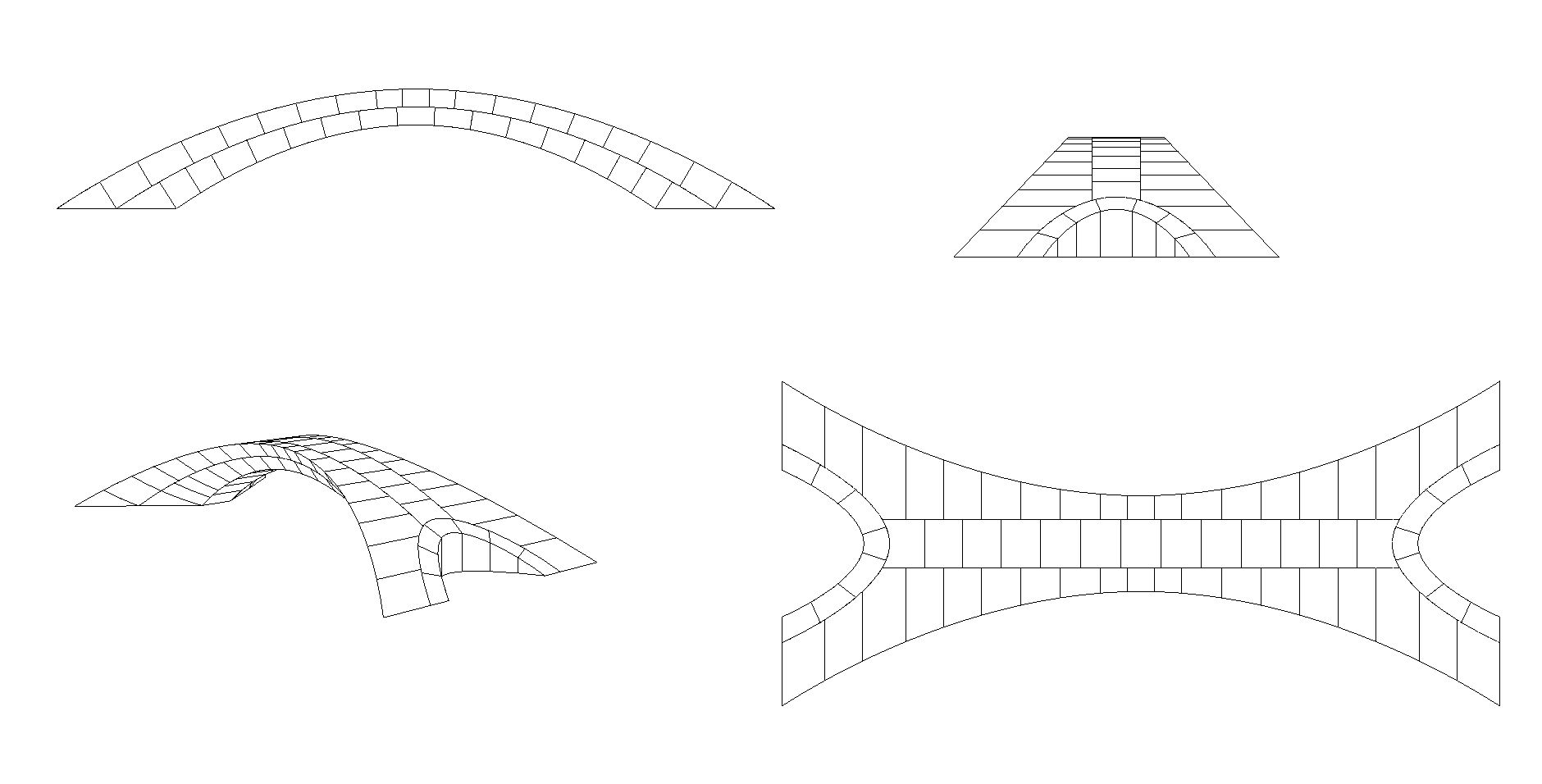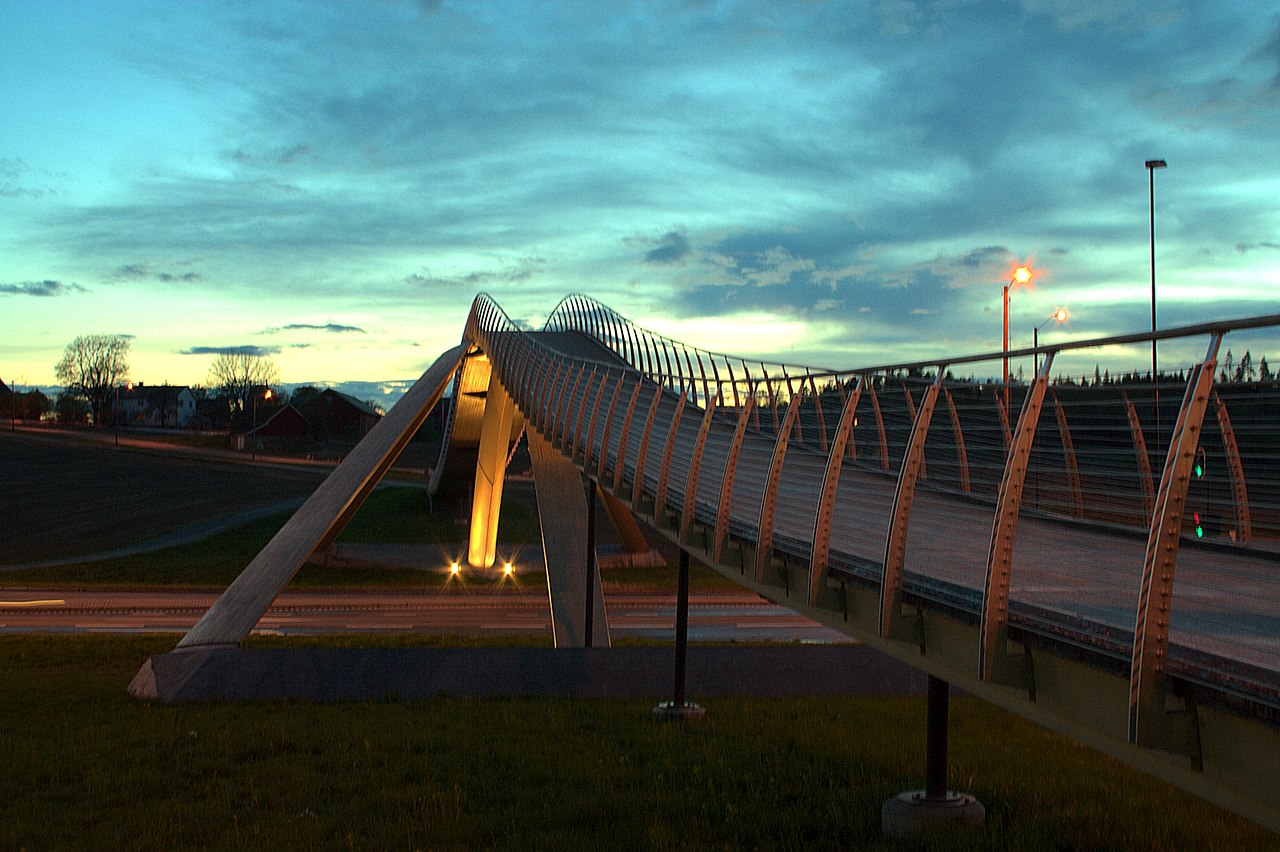
At the start of the sixteenth century, a letter from Leonardo da Vinci crossed half of Europe and finally arrived at the palace of Sultan Bayezid II. It included detailed instructions for building what would have once been the longest bridge in the world. However, the instructions provided with the letter were never followed.
It’s not known what led the sultan to reject Leonardo da Vinci’s proposal. Perhaps he found the project too ambitious, unrealistic, or aesthetically inappropriate. Or maybe he simply decided that building this bridge wasn’t really that necessary. One way or another, the letter and the sketches that Da Vinci drew in one of his notebooks fell into oblivion.
Several centuries later, engineers at the Massachusetts Institute of Technology (MIT) rescued these documents, and it wasn’t long before their questions were heard. What’s behind these instructions? Would Da Vinci’s project have worked?
A 3D printer and a study of the geological conditions at the proposed site and the materials and methods available at the time were enough to confirm that not only would it have stayed standing, but it would have also withstood shocks from earthquakes.
A bridge over the Golden Horn
Sultan Bayezid II’s project was ambitious. It consisted of building a bridge that would connect what was then the center of Constantinople with Galata (today, the center of Istanbul and the Karakoy neighborhood, respectively). This project would cross the Golden Horn, the estuary that leads into the Bosphorus Strait and divides the Turkish city of Istanbul in two.
The news that the sultan was looking for solutions to build this bridge reached beyond the borders of the immense Ottoman Empire. Leonardo da Vinci and Michelangelo were invited to present their projects, but only the former got to do so.
At that time, MIT says, most masonry bridges were made using semicircular arches. To build one that would cross the entire Golden Horn, at least ten pillars would have been needed. However, the concept that Da Vinci presented was totally different.
It was based on a single flattened arch that was very high. Da Vinci himself described it in his notebook: “It would be a masonry bridge as high as a building, and even tall ships will be able to sail under it.” It would have also been very long. It would have measured about 280 meters, which would have multiplied the typical size of bridges at the time.

Sketches by Leonardo da Vinci with details of the bridge. Wikimedia Commons.
Another noteworthy part of the design is that the pillars extend to the sides. The idea was to stabilize the bridge and protect its structure in the event of lateral movement. That is, to prevent a landslide during the earthquakes that often occur in the Bosphorus area.
The MIT experiment
Five centuries after Da Vinci made these sketches and sent his proposal to Sultan Bayezid II in a letter, MIT researchers asked if this bridge would have really worked. There was only one way to prove it: building a model and testing its stability.
To do this, they analyzed the information available in the letter and in Da Vinci’s sketches. These don’t contain any references to the materials, so the team of engineers and architects carried out tests with those that were available at that time. They concluded that it could have only been made of stone because wood or brick could not have supported the loads on such a bridge.
In addition, they agreed that the bridge would stand on its own due to the force of gravity, without the need for elements that joined the stones together (just like the masonry bridges of ancient Rome). “It’s all held together by compression only,” MIT reports. “We wanted to really show that the forces are all being transferred within the structure.” That was key to making sure the bridge would stand solidly and not topple over.

Detail of the MIT model. Karly Bast and Michelle Xie (MIT).
After analyzing the geological conditions of the Golden Horn as well, the MIT team built a 1-to-500 scale model. The model was 81 centimeters tall and made up of 126 blocks made with a 3D printer. This miniature version allowed them to test the bridge’s ability to stand upright and to support weight.
Once its stability was ensured, the team also prepared two mobile platforms that it used to simulate the movements of earthquakes. The foundations of the bridge were only slightly deformed, which let the MIT team conclude that, had it been built, it would probably have withstood many of the earthquakes that ravaged the region of Istanbul over the following decades.
The other lives of the da Vinci Bridge
The Norwegian town of Ås is located more than 3000 kilometers from Istanbul, at a latitude with a climate and terrain quite different from those of the Bosphorus Strait. There, one can walk or bike on a smaller version of the Da Vinci Bridge.

Norwegian version of the bridge. Åsmund Ødegård (Flickr).
Modern materials like steel and concrete were used to build it, so this case did not serve to confirm the accuracy of Da Vinci’s plans (unlike the MIT project). It did, however, help revive the project from the past and make it a reality.
This bridge is the work of the Norwegian painter and artist Vebjørn Sandas, who decided to start this project after discovering the Renaissance man’s sketches. “It was like finding an unfinished symphony and finally bringing it to life,” he said years later. The Ås Bridge opened in 2001 and is an overpass for the highway that connects this small Norwegian town with its capital.





There are no comments yet